I wasn't done with the post and it posted earlier...

I have blogged a lot in the past about the virtue of "Character", it is what it is that makes us "Men", That virtue was prized in the past generation, the term "Deal with a handshake" was all you needed sprung from this. Now the old ways are reviled as the modern left tries to create "the new modern man" like the Soviet system did in the 1950's when they tried to remake what is considered "Natural" to something "manmade". This was an attempt to make men without God where there was a man who was a good for the soviet system but didn't have the character of a person that believed in a higher power and a desire to better himself by living an honorable life and how you treated people. The Soviet system prized the belief that the state was supreme, whereas the scholars of old believed that the individual was supreme and that everyone was a "temple". This was reflected in the teachings in the Bible and the Torah. Now the new way is based not on who you are as an individual, but to who your group falls into in the intersectional politics of the modern left.
I shamelessly clipped this from "Art of Manliness"
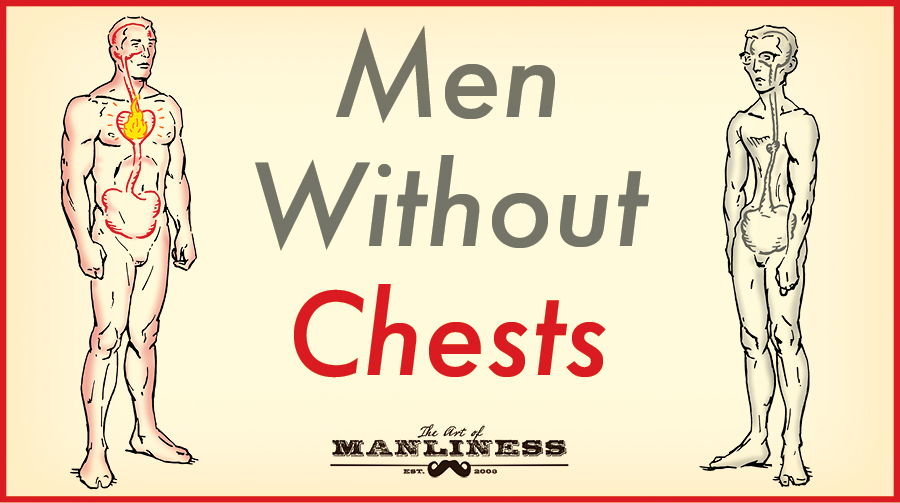
“We make men without chests and expect of them virtue and
enterprise. We laugh at honour and are shocked to find traitors in our
midst. We castrate and bid the geldings be fruitful.” —C.S. Lewis
Have you ever come across the above quote? I had, and, even in the
absence of its context — it’s taken from the fairly dense first chapter
of Lewis’
The Abolition of Man
— figured I understood what it meant: modern society creates men who
lack a chest-swelling virility, and then complain about the lack of
upright, manly men.
However, having recently taken the time to actually study the full
context of the quote, I learned that Lewis was actually getting at
something different; or, more accurately, that he was not describing the
loss of manly virtue itself, but rather the mechanism by which it,
along with all other types of virtue, is produced. In fact, by “chest”
he doesn’t mean some kind of literal or metaphorical scaffolding of
masculinity, but sentiment.
His lament is that modern society makes men without
heart.
The Tao of Sentiment
Nearly all religions and philosophical schools, whether Judaism,
Christianity, Hinduism, Aristotelianism, Stoicism, or Platonism, Lewis
observes, posit that there is an underlying natural order to the world,
and Truth is that which most clearly reflects and explains this reality.
To uphold this “doctrine of objective value” is to believe that
“certain attitudes are really true, and others really false, to the kind
of thing the universe is and the kind of things we are.”
Lewis feels this perspective is best described by the Chinese concept of Tao:
“It is the reality beyond all predicates . . . It is
Nature, it is the Way, the Road. It is the Way in which the universe
goes on, the Way in which things everlastingly emerge, stilly and
tranquilly, into space and time. It is also the Way which every man
should tread in imitation of that cosmic and supercosmic progression,
conforming all activities to that great exemplar.”
Within the objective reality of Nature, exist people, places, and
things which possess an objective value, and are thus deserving of
varying levels of esteem and respect:
“until modern times all teachers and even all men
believed the universe to be such that certain emotional reactions on our
part could be either congruous or incongruous to it — believed, in
fact, that objects did not merely receive, but could merit our approval
or disapproval, our reverence or our contempt.”
Given that the value of things is objective, then they
should elicit certain responses from us. The night sky
should elicit a feeling of humility; the story of a courageous warrior
should elicit a feeling of veneration; little children
should elicit a feeling of delight; a friend’s father’s death
should elicit a feeling of empathy; a kind act
should elicit a feeling of gratitude.
While the nature of emotional responses is partly visceral and
automatic, a man’s sentiments also have to be intentionally educated in
order to be congruent — to be more in harmony with Nature. Such training
teaches a man to evaluate things as more or less just, true, beautiful,
and good, and to proportion his affections as merited. As Lewis notes,
this training was considered central to one’s development throughout
antiquity:
“St Augustine defines virtue as ordo amoris, the
ordinate condition of the affections in which every object is accorded
that kind of degree of love which is appropriate to it. Aristotle says
that the aim of education is to make the pupil like and dislike what he
ought. . . . Plato before him had said the same. The little human animal
will not at first have the right responses. It must be trained to feel
pleasure, liking, disgust, and hatred at those things which really are
pleasant, likeable, disgusting and hateful.”
The man who leaves a one-star Yelp review for a national park, scoffs
at the brave deeds of a soldier, decides that attending his friend’s
father’s funeral would be too much hassle, or fails to say thank you for
a gift, shows the lack of this kind of education of the sentiments.
If one believes in objective order and value, then the failure to
feel the proper sentiment in the face of a particular stimulus cannot be
justified on the basis of mere personal preference, casually
categorized under the rubric of “to each their own”; rather, it must be
frankly countenanced as a deficiency in one’s human make-up. As Lewis
confesses, “I myself do not enjoy the society of small children: because
I speak from within the Tao I recognize this as a defect in myself —
just as a man may have to recognize that he is tone deaf or colour
blind.”
To follow the Tao in this sense is to see things as possessing a
“quality which demands a certain response from us whether we make it or
not.”
Given this perspective, emotions are themselves neither rational nor
irrational, but do play a central part in following the dictates of
Reason:
“because our approvals and disapprovals are thus
recognitions of objective value or responses to an objective order,
therefore emotional states can be in harmony with reason (when we feel
liking for what ought to be approved) or out of harmony with reason
(when we perceive that liking is due but cannot feel it). No emotion is,
in itself, a judgement; in that sense all emotions and sentiments are
alogical. But they can be reasonable or unreasonable as they conform to
Reason or fail to conform. The heart never takes the place of the head:
but it can, and should, obey it.”
A Dangerous Dissection
The “Taoist” system as described above existed anciently and across
many religions and philosophical schools for thousands of years. It
began to be dismantled, however, in the postmodern age. And it is this
dismantling that Lewis seeks to counter in
The Abolition of Man.
In the 20th century, it began to be posited that there was not a
natural order to the world, and that things did not possess an objective
value which demanded a certain response; rather, people simply brought
their own feelings to objects, and these feelings are what gave the
objects their value. Such feelings were culturally conditioned and
relative to particular societies and individuals, and were thus
completely subjective. Lewis observes that certain corollaries followed
from this conclusion, mainly that “judgements of value are unimportant,”
“all values are subjective and trivial,” and “emotion is contrary to
reason.”
Rather than education seeking to improve young people by both
increasing their stock of facts and honing the sensitivity of their
sentiments, students began to be tutored in facts alone. This shift was
thought to benefit youth, protecting them from the emotional sway of
propaganda. But Lewis argues that not only did dropping an education in
and emphasis on sentiment fail to provide this protective effect (and in
fact made students
more susceptible to hype and disinformation), it atrophied their capacity for virtue and human excellence.
Lewis sees those who propagated the first error as having “misunderstood the pressing educational need of the moment”:
“They see the world around them swayed by emotional
propaganda — they have learned from tradition that youth is sentimental —
and they conclude that the best thing they can do is to fortify the
minds of young people against emotion. My own experience as a teacher
tells an opposite tale. For every one pupil who needs to be guarded from
a weak excess of sensibility there are three who need to be awakened
from the slumber of cold vulgarity. The task of the modern educator is
not to cut down jungles but to irrigate deserts. The right defence against false sentiments is to inculcate just sentiments.
By starving the sensibility of our pupils we only make them easier prey
to the propagandist when he comes. For famished nature will be avenged
and a hard heart is no infallible protection against a soft head.“
What Lewis is saying is that young people have a propensity towards
apathy or cynicism or sterile complacency anyway, and if you only
magnify this cynicism by telling them that all value and emotion is
subjective and that absolute truths do not exist, then you create a
thirsty vacuum that is actually
more vulnerable to being filled
by advertising and propaganda. Being subjected to the endless debunking
of ideals imparts to young people a smug “pleasure in their own
knowingness” that can disguise an ignorance that leaves them susceptible
to the enticements of disinformation. Really protecting one’s mind from
indoctrination requires filling it with positive truths that are both
well-reasoned
and animated by sentiment. A man with a
well-honed sentiment for an ideal, a real love for something, rises
above the cheap plays of propaganda: A man who loves democracy deflects
rhetoric that merely encapsulates a false simulacrum of it; a man with
sentimental love for the philosophical value of simplicity tunes out the
enticements of advertising; a man with a noble sentiment for intimacy
and romance sees through the siren song of porn.
Emotional sentiment not only functions as a defense against negative
propaganda, but acts as a catalyst for “offensive” activity. As Lewis
argues, dry rationality alone can never be a sufficient spur to positive
action:
“no justification of virtue will enable a man to be virtuous. Without the aid of trained emotions the intellect is powerless against the animal organism.
I had sooner play cards against a man who was quite sceptical about
ethics, but bred to believe that ‘a gentleman does not cheat’, than
against an irreproachable moral philosopher who had been brought up
among sharpers. In battle it is not [logical] syllogisms that will keep
the reluctant nerves and muscles to their post in the third hour of the
bombardment. The crudest Sentimentalism . . . about a flag or a country
or a regiment will be of more use.”
Lewis compares his view of the importance of sentiment to
Plato’s Allegory of the Chariot,
in which the philosopher likened the soul to a charioteer (representing
Reason) tasked with guiding a winged vehicle pulled by two horses: a
dark horse (appetites) and a white horse (honorable spiritedness or
thumos).
To really soar, the charioteer needed to harness the energy of both
horses, and used the white horse of thumos to pull the dark horse of the
appetites into sync; it’s far easier to choose the right thing when
you’re driven to do so by a heroic, noble,
feeling.
Lewis puts it this way:
“The head rules the belly through the chest — the seat . . . of emotions organized by trained habit into stable sentiments
. . . these are the indispensable liaison officers between cerebral man
and visceral man. It may even be said that it is by this middle element
that man is man: for by his intellect he is mere spirit and by his
appetite mere animal.”
Thus, when society stops emphasizing and educating the sentiments,
“it produce[s] what may be called Men without Chests.” Men without real
feeling. Men without spiritedness, without thumos, without heart.
To those who do not lament what has been lost, who are skeptical
there is an objective order to the universe, and believe in the
subjectivity of feeling, it may seem that men without chests are a sign
of progress – that they are more evolved, more advanced, more logical
and intellectual. But this comforting affirmation is a mirage and an
“outrage,” Lewis says. For the chest-less among us do not pursue truth
with greater keenness, quite the opposite, since the ardent search for
knowledge “cannot be long maintained without the aid of sentiment” —
without a bit of passion. In reality then, “It is not excess of thought
but defect of fertile and generous emotion that marks [the chest-less]
out. Their heads are no bigger than the ordinary: it is the atrophy of
the chest beneath that makes them seem so.”
The irony is that those who
do lament what has been lost,
who mourn the disappearance of men who through the
sentiment-producing-seat of their chests manifest manly virtues like
ambition and courage, as well as all the other traits of good character,
have no idea as to what has killed off this species of man, and their
own role in hastening his demise:
“And all the time — such is the tragi-comedy of our situation — we continue to clamour for those very qualities we are rendering impossible.
You can hardly open a periodical without coming across the statement
that what our civilization needs is more ‘drive’, or dynamism, or
self-sacrifice, or ‘creativity’. In a sort of ghastly simplicity we remove the organ and demand the function.
We make men without chests and expect of them virtue and enterprise. We
laugh at honour and are shocked to find traitors in our midst. We
castrate and bid the geldings be fruitful.”


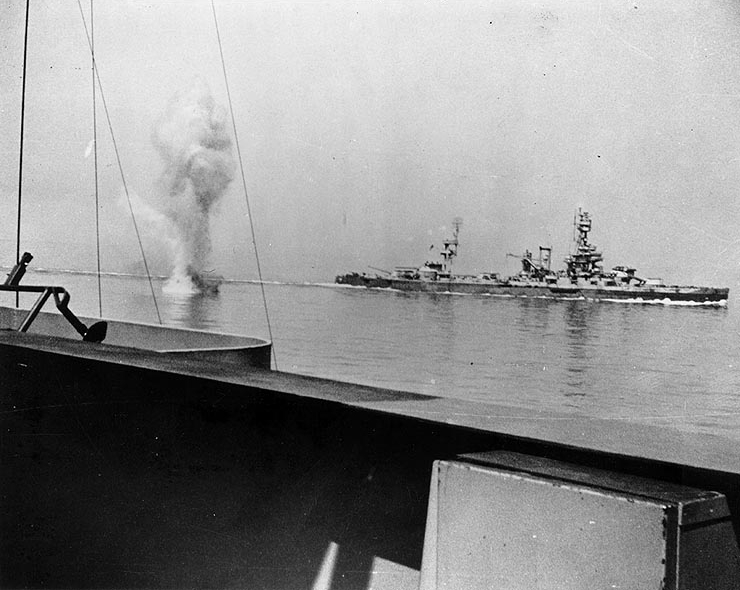


























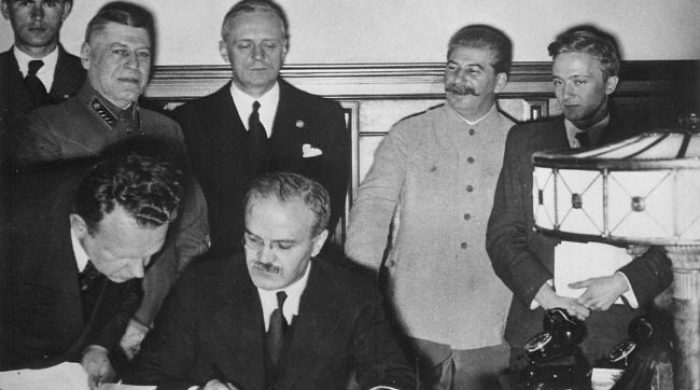
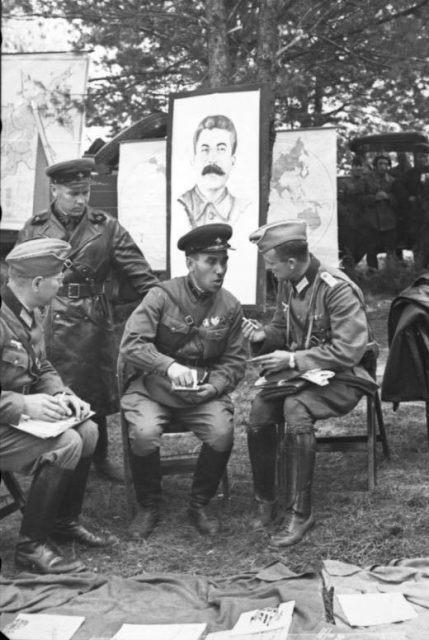
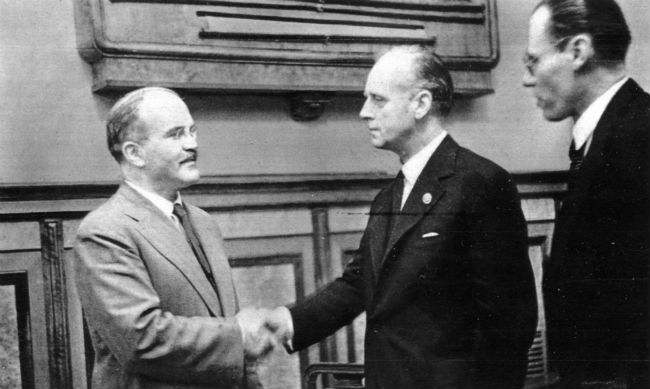


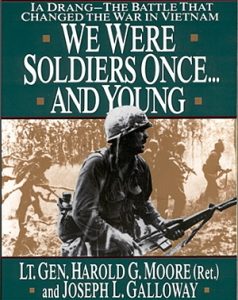

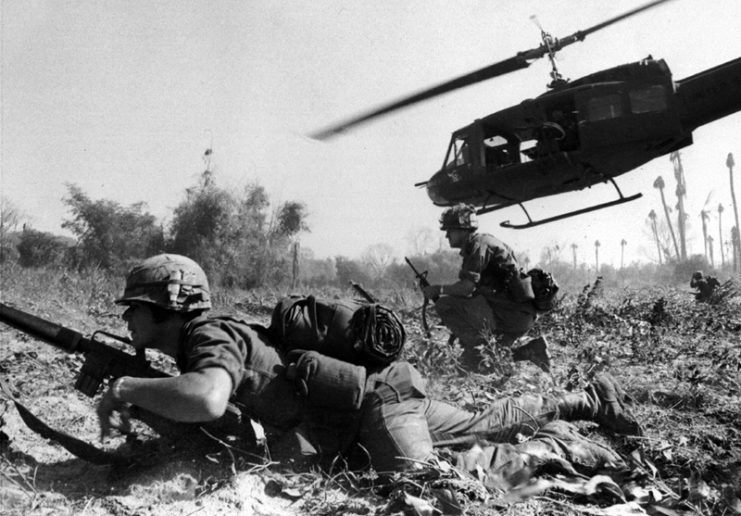









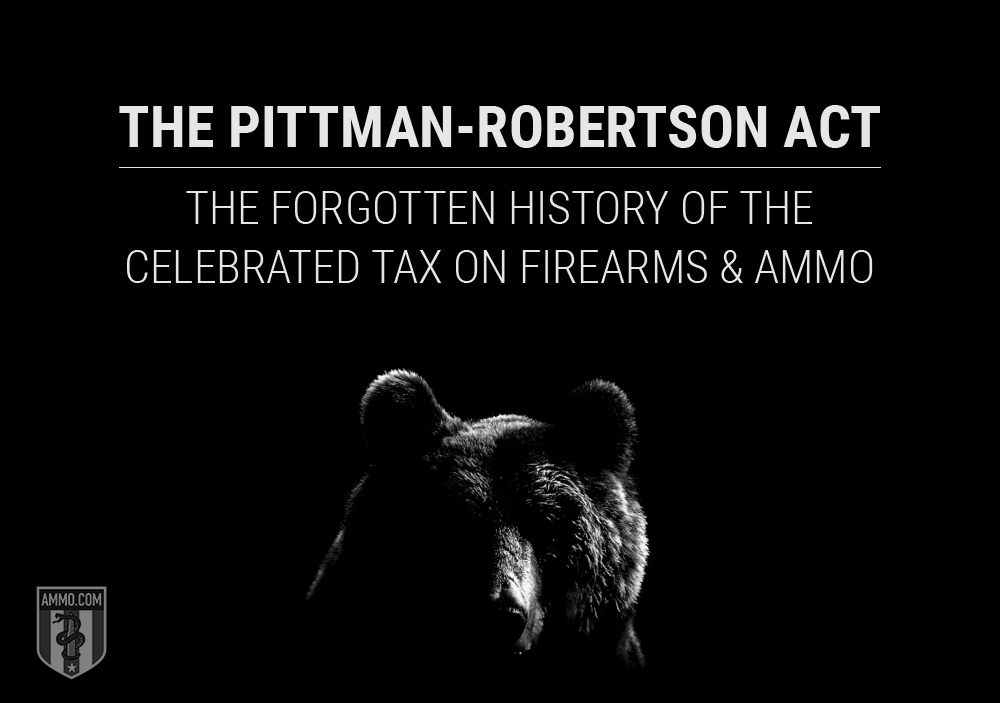 It’s unusual to think that
It’s unusual to think that